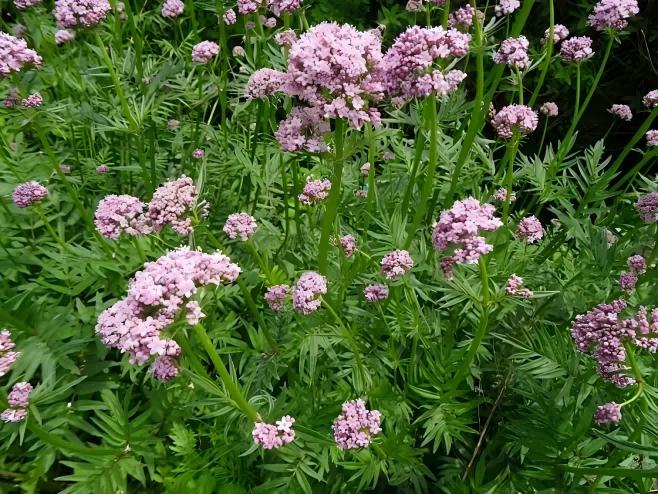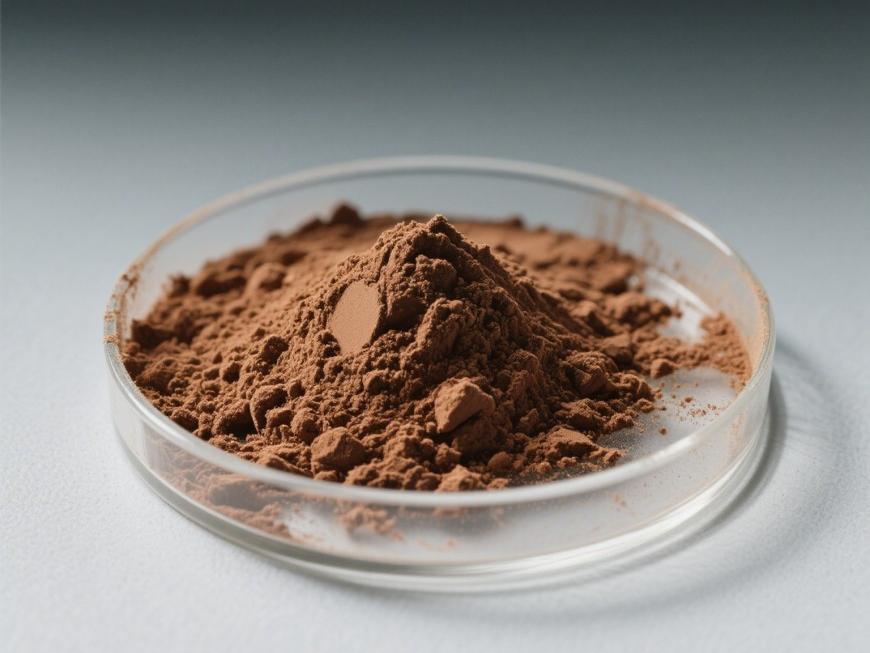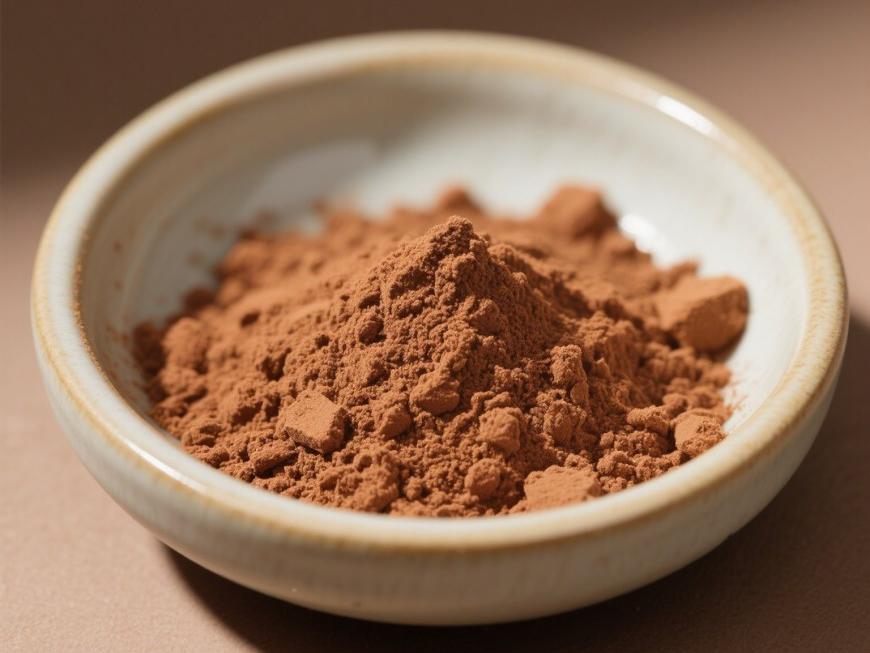Green Spring Technology Valerian Volatile Oil: Solving the Issue of Batch Consistency in Natural Raw Materials
Valerian (Valeriana officinalis L.), a time-honored medicinal plant rich in active compounds, thrives in temperate, humid regions worldwide. Its root-derived essential oil is abundant in valerenic acid, borneol acetate, and other bioactive ingredients. Decades of research confirm its remarkable calming and mood-stabilizing properties, making it an ideal choice for emotional wellness and natural personal care product development.
However, the inherent challenges of natural raw materials—such as ingredient variability and batch inconsistency—remain core obstacles for brands in product development. Leveraging sustainable cultivation management and advanced extraction techniques, Green Spring Technology specializes in providing high-potency, consistent valerian essential oil. This approach resolves the issues of efficacy stability and supply reliability in natural ingredients, laying a solid foundation for innovative product development.
1 Green Spring Technology Valerian Essential Oil: Solving Batch Consistency Challenges in Natural Ingredients Through Scientific Quality Control
Valerian essential oil is the key active component responsible for valerian's core benefits, including relaxation and sleep support, typically containing 0.5% to 2% essential oil. Green Spring Technology recognizes that ingredient variability in natural materials—driven by factors like variety, origin, harvest timing, and storage conditions—remains a core challenge in product development. Research confirms that essential oil content declines with prolonged storage, while soil type, cultivation duration, and harvest season significantly impact final yield and composition.
Green Spring Technology has successfully addressed this industry challenge by establishing a comprehensive precision control system spanning cultivation to extraction:
· Standardized cultivation management: Selecting specific Valeriana species, cultivating them in fertile sandy soil under standardized practices, and strictly adhering to the optimal harvest window of September to November to ensure consistently superior and stable initial active compound content in raw materials.
· Advanced extraction technology: Utilizing low-temperature extraction and stabilization techniques to preserve core active compounds like borneol acetate and valerenic acid, effectively minimizing loss and degradation of volatile oils during production.
· Transparent Quality Control: Modern analytical methods like GC-MS rigorously monitor the chemical composition of each volatile oil batch, ensuring stable and controllable levels of key efficacy components such as borneol acetate and valerenic acid, achieving high batch-to-batch consistency.
Green Spring Technology's Valerian Volatile Oil not only clarifies its core component composition but also systematically addresses the inherent variability of natural raw materials through rigorous quality control. This provides downstream customers with efficient, stable, and reliable raw material assurance for developing sleep-aid, relaxation, and emotional wellness products.

2 Green Spring Technology Valerian Volatile Oil: Solving Batch Consistency Challenges in Natural Raw Materials Through Precision Agriculture and Process Innovation
The active ingredient content in natural plant materials is easily influenced by multiple factors such as seed origin, environment, and extraction methods, posing a core challenge for product development in the industry. Green Spring Technology has systematically addressed the issue of batch consistency in valerian essential oil by establishing a standardized quality control system from field to end-product, providing customers with stable and reliable high-quality raw materials.
Comprehensive Precision Management Ensures Consistent Volatile Oil Content and Quality:
· Premium Seed Selection: Strictly using Grade I superior seedlings. Research indicates Grade I seedlings significantly outperform Grade II and III seedlings in volatile oil extraction rates and active compound accumulation, ensuring foundational active ingredient levels from the source.
· Scientific cultivation management: Establishing planting bases in premium production zones at 1000–1200 meters elevation with pronounced day-night temperature variations. Implementing optimal plant spacing and water management effectively promotes Valerian root development and essential oil accumulation, ensuring raw material uniformity and high content.
· Precision Harvesting and Process Innovation: Strictly adhering to the optimal harvest window from late July to early August prevents essential oil content loss due to premature or delayed harvesting. Advanced techniques like supercritical CO₂ extraction enable efficient low-temperature extraction, maximizing retention of Valeriana's heat-sensitive active compounds (e.g., borneol acetate) to guarantee pure aroma and complete bioactivity in the essential oil.
Through standardized and data-driven management across every stage—from seedling selection and cultivation environment to harvest timing and extraction processes—Green Spring Technology has completely overcome the quality inconsistencies traditionally associated with natural raw materials due to agronomic variations and extraction fluctuations. This ensures customers receive Valerian essential oil products with clearly defined content and high batch-to-batch consistency.
3 Valerian Essential Oil: A Multi-Functional Natural Active Ingredient Providing Innovative Solutions for Health Product Development
Valerian essential oil, a richly composed natural plant extract, garners significant attention for its unique bioactivity. Research indicates this ingredient demonstrates potential application value across multiple domains, offering diverse raw material options for innovative health and personal care product development.
Core Application Areas:
· Emotional & Sleep Support: Multiple studies show valerian essential oil helps reduce spontaneous activity, promotes relaxation, and improves sleep quality. Its natural aromatic properties also make it an ideal component for aromatherapy and emotional wellness products, helping consumers manage daily stress and maintain emotional balance.
· Natural Protection & Preservation: Key components in Valerian essential oil (such as borneol acetate) have demonstrated inhibitory effects against various common microorganisms, enabling its use as a naturally sourced protective ingredient in personal care products. Simultaneously, its effectiveness in preserving fruits and vegetables demonstrates potential applications in natural preservative fields.
· Antioxidant Protection: In vitro studies indicate Valerian essential oil possesses free radical scavenging capabilities, helping defend against oxidative stress and offering a natural option for antioxidant formulation development.
Green Spring Technology Valerian Essential Oil Advantages:
· Utilizes supercritical CO₂ extraction technology to maximize retention of active compounds
· Strict control over harvest timing and processing ensures batch-to-batch consistency
· Comprehensive ingredient analysis reports and quality certification documents provided
· Suitable for diverse applications including aromatherapy, personal care, and health products
With its multifaceted bioactivity and natural properties, Green Spring Technology's Valerian Volatile Oil unlocks new possibilities for brand clients to develop differentiated products. We look forward to collaborating with industry partners to explore innovative applications of this natural ingredient across broader fields.
4. Embracing Natural Wisdom, Empowering Quality Consistency—Green Spring Technology's Valerian Essential Oil Fuels Health Product Innovation
As a time-honored natural plant, valerian's value has been recognized since the Compendium of Materia Medica and is widely acknowledged in international pharmacopoeias and markets. As modern life accelerates, demand for natural products supporting emotional well-being and sleep continues to grow. Valerian essential oil, prized for its mild and safe properties, has emerged as a highly sought-after functional ingredient in the health product sector.
Although still in its rapid development phase domestically, valerian essential oil has demonstrated broad potential across food, health, and personal care sectors. Green Spring Technology, leveraging its end-to-end quality control system and advanced extraction processes, has successfully addressed the industry challenge of batch inconsistency in natural ingredients. We provide clients with valerian essential oil products featuring stable content and consistent quality, empowering brands to create safe and effective innovative health solutions.
Green Spring Technology will continue to deepen research and application of valerian essential oil, collaborating with industry partners to advance its innovative use across more product categories and collectively meet consumers' pursuit of high-quality healthy living.
Contact us today to receive complimentary Valerian essential oil samples and technical documentation at helen@greenspringbio.com or WhatsApp: +86 13649243917! Our expert technical team will provide personalized application support to help you rapidly develop market-competitive natural wellness products. Reach out now to experience how our stable, reliable Valerian essential oil can empower your product offerings.
References
[1] Raal A, Orav A, Arak E, et al. Variation in the Composition of the Essential Oil of Commercial Valeriana officinalis L. Roots from Different Countries [J]. Journal of Essential Oil Research, 2008, 20 (6): 524–529.
[2] Li Qingjie, Wang Qi, Dou Shuai, et al. Chemical composition and anti-anxiety effects of spider incense. Research progress. [J]. Journal of Traditional Chinese Medicine, 2020, 40 (09): 1254.
[3] Abdollah Ghasemi Pirbalouti, Bagher Bagheri Ghahfarokhi, Seyed Asghar Mosavi Ghahfarokhi, Fatemeh Malekpoor. Chemical composition of essential oils from the aerial parts and underground parts of Iranian valerian collected from different natural habitats [J]. Industrial Crops and Products, 2015, 63: 147–151.
[4] Wu Zhuping, Liu Moxin, Yao Huanxin. Study on the chemical composition of volatile oils from Valeriana officinalis [J]. Chinese Journal of Pharmacy, 1999 (11): 733.
[5] Dou Xiaowei, Wu Junkai, and Huo Jinhai. Study on the chemical composition and pharmacological effects of volatile oils from Valeriana officinalis [C]. Academic Symposium on Traditional Chinese and Thai Medicine and Natural Drugs. Guangxi University of Traditional Chinese Medicine, 2006.
[6] Fan Hao, Li Yuze, Yan Shuting, et al. Study on the chemical constituents of Valeriana. Chinese Traditional Patent Medicine, 2020, 42 (11): 2930–2934.
[7] Nie Xianyü, Lu Qingyun, Wen Dacheng, et al. Grading of Broad-leaved Valerian Seedlings and Its Effects on Yield and Quality [J]. Seed Testing, 2020, 39 (10): 151–154.
[8] Jin Chang, Wang Jiwei. Study on the Sedative Effects of Volatile Oils from Northern Valerian [J]. Natural Sciences, 2020 (01): 43–47.
[9] Filip Bellon, Veronica Mora-Noya, Roland Pastells-Peiró, Eva Abad-Corpa, Montserrat Gea-Sánchez, Teresa Moreno-Casbas. The efficacy of nursing interventions on sleep quality in hospitalized patients: A systematic review of randomized controlled trials [J]. International Journal of Nursing Studies, 2021, 115: 103855.
-
Prev
A New Ingredient Choice for Emotional Well-being and Natural Sleep Support: Valerian Extract
-
Next
Valerian Extract: Empowering Formulations for Emotional Wellness and Sleep Support


 English
English French
French Spanish
Spanish Russian
Russian Korean
Korean Japanese
Japanese





